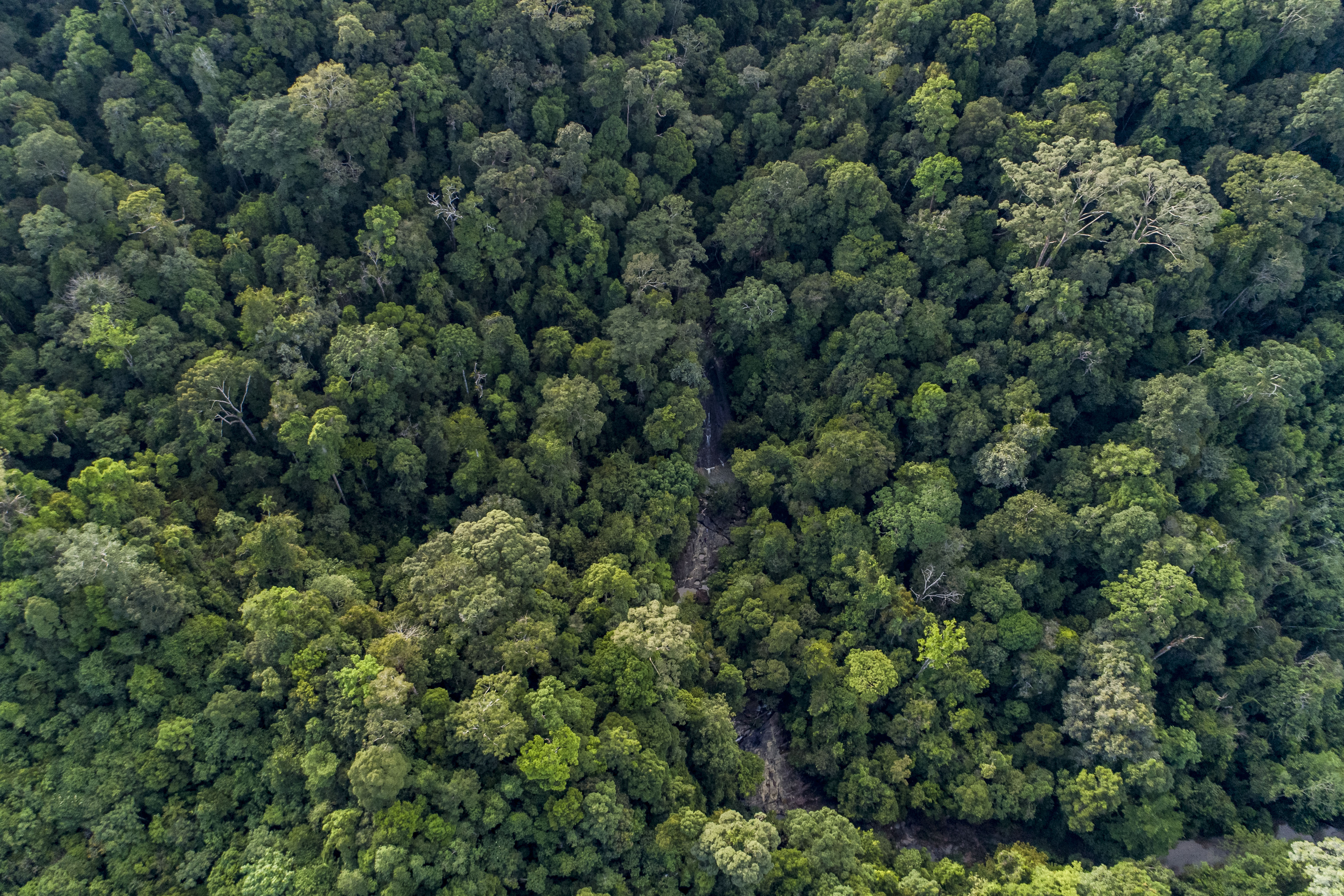“Early year notes for 2024 during critical times of determining the fate of indonesia’s forests”
Eflecting on the portrait of the state of Indonesia’s forests, deforestation in 2017-2021 with an average rate of 2.54 million ha per year, or equivalent to 6 times the size of a football field per minute, has brought Indonesia to the brink of the climate crisis. This means that Indonesia’s forests are not in good condition. The massive destruction of forest resources occurs in almost every region. For example, Kalimantan region still shows an average deforestation rate of 1.11 million ha per year, followed by Papua with 556 thousand ha per year, Sumatra with 428 thousand ha per year, Sulawesi with 290 thousand ha per year, Maluku with 89 thousand ha per year, Bali Nusa with 38 thousand ha per year, and Java with 22 thousand ha per year. The apparently massive damage to Indonesia’s forests has been revealed by increasingly advanced remote sensing technology, which is able to calculate forest damage in more detail [1].
Deforestation is a change in natural forest cover to non-natural forest. Natural forest is a forest that is not created by humans and is not in the form of a plantation or a forest plantation. The deforested areas were originally natural resources in the form of mangrove ecosystems, peat ecosystems, karst ecosystems, lowland forests and highland forests, including forests in coastal areas and small islands. The loss of forest cover is always accompanied by the loss of the forest’s functions. Those functions include as a microclimate regulator, provide food for local/indigenous communities, water and soil conservation, areas of high conservation value, biodiversity, potential medicine, source of food and nutrition, source of energy, and the value of cultural history, even as a source of knowledge that has not been recorded.

The Real Threat Of Climate Change In Small Islands
Climate change is not only a problem for future generations, but it is already happening today. 2023 is set to be the hottest year ever recorded (WMO). The rate of global average rise of sea level in the last ten years (2013–2022) is more than double the rate of sea level rise in the first decade of the satellite records (1993–2002). According to a WHO analysis that considers various health indicators, climate change is predicted to cause an additional 250,000 deaths per year in the next few decades. Small islands and the people who live in them are the most vulnerable people affected by the climate crisis.
Indonesia is one of the largest archipelagic countries in the world. It has more than 17,000 islands, and around 98% are small islands. The management of small islands in Indonesia still uses a natural resource extraction approach. There are around 874 thousand ha, or 13% of the total land area of small islands, that have been burdened by natural resource extraction industry concessions, which are logging concessions for approximately 310 thousand ha, mining concessions for 245 thousand ha, plantation forests for 94 thousand ha, plantations for 194 thousand ha, and overlapped areas of around 30 thousand ha.
Extractive industrial activities have been shown to have negative impacts on both the environment and people who live on small islands. FWI recorded that in 2017-2021, the average deforestation rate on small islands reached 79 thousand ha per year, or equivalent to 3 percent of the national deforestation rate. The presence of extractive industries on small islands is stimulated by the policies that support them and the weak protection of unique ecosystems on small islands.
The FWI study revealed a number of issues with the management of small islands in Indonesia, including an unclear operational definition of small islands, the sectoral management of small islands (between ministries and institutions), and the lack of data and information about small islands.
Indonesia is an archipelagic country; hence, its forests are on islands. The forests are spread over large and small islands. The current forest management paradigm in Indonesia shows that forests in Indonesia are located on one large expanse of land. This is reflected in the policies regarding forest areas and the spatial planning. In practice, it fails to consider the geographical conditions of an archipelagic country. One example is that the government’s constant claim that Indonesia’s rainforest is one of the largest in the world. This claim may be true for its sum total. But in fact, the forests are located on a few islands. We always claim that our forests are still very large. However, there are islands or areas that experiencing environmental crisis due to deforestation. Therefore, it is not surprising that the islands of Java, Kalimantan, and Sumatra are always hit by ecological disasters. The government always claims to reduce deforestation. But this claim becomes irrelevant if it turns out that most of that deforestation only occurs in a few areas.
Energy Transition VS Deforestation
Energy transition is a term that is being widely discussed around the world as a response to the climate crisis on earth. As a country rich in energy resources, the energy transition policy in Indonesia seems to be “stuttering” and has not yet maximized the potential that exists in each region. The top-to-bottom energy transition policy seems unwilling to maximize the distribution of existing potential energy. Regions are forced to carry out the energy transition by following directions from the central government. This has an impact on an unseemly energy transition in regions that is not in accordance with the needs, energy sources, and geographical and sociocultural conditions. In fact, the energy transition in Indonesia has the tendency to cause deforestation. Or in another sense, solving environmental problems by generating new ones.
More details can be seen in the link below:




